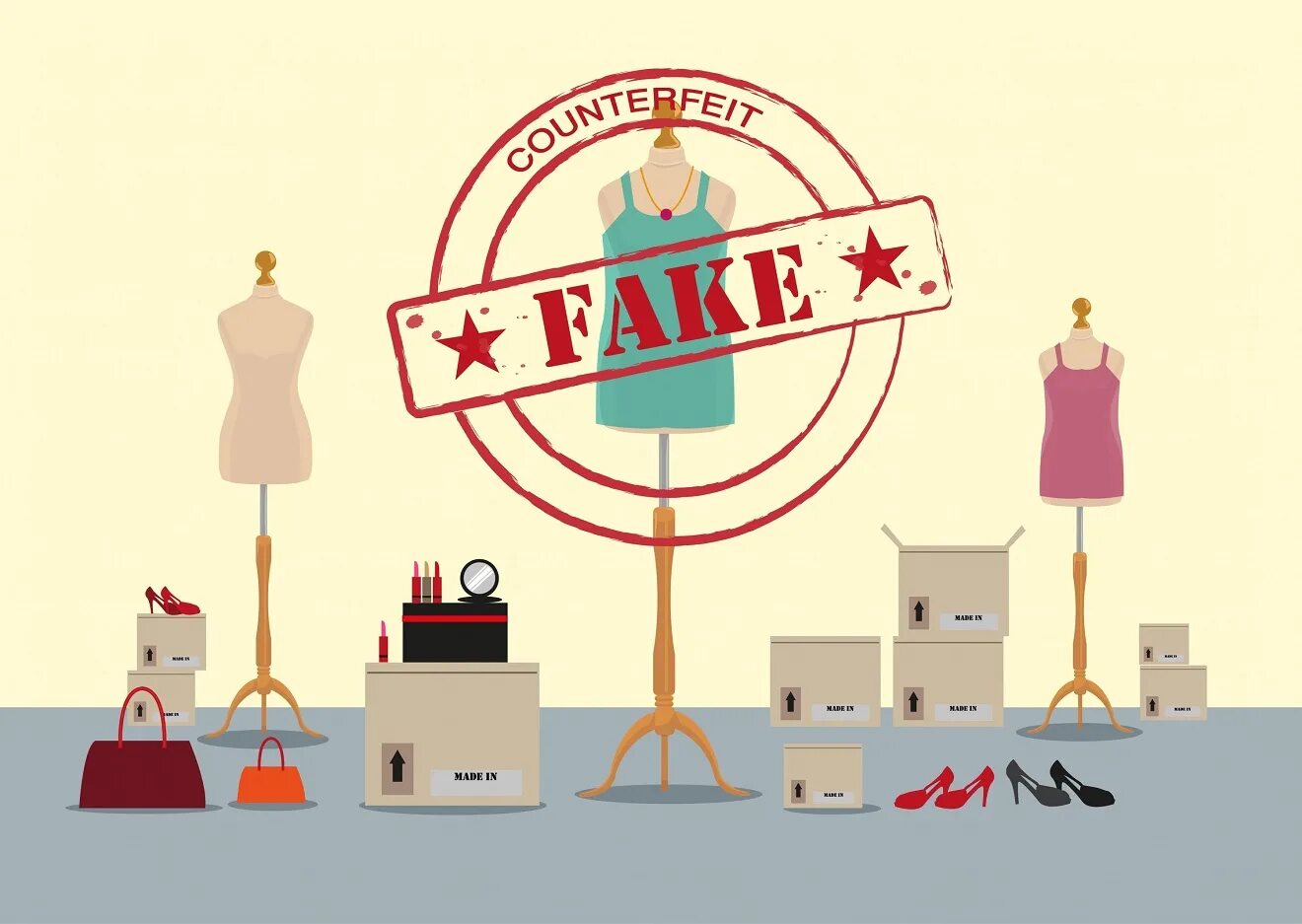Product returns in online stores are common practice, but they attract scammers who use various schemes to obtain compensation or products without payment. Sellers, in turn, may use fraudulent methods to avoid returns or illegally compensate for the cost of goods. Let's look at how buyers and sellers deceive each other in the return process and how these schemes can be prevented.

Fake Claims Against Sellers
One common scheme is filing false claims. Buyers may claim that a product is damaged or does not match the description, even after using or damaging it post-purchase. In such cases, scammers attempt to return a product that has already been used or swapped for a similar but counterfeit one.
Scammers may provide fake evidence of product damage, such as photos altered in graphic editors. In other cases, they substitute the product with a similar one but with visible signs of use, complicating verification.

Return Scams on Marketplaces
Return fraud is common on popular marketplaces. These platforms protect buyers' rights, attracting fraudsters. The main schemes include:
- 1.Sending an empty box instead of the product.
- 2.Damaging the product before returning it.
- 3.False claims of product loss in transit.
Such schemes create problems for both sellers and honest buyers, as they lead to refunds without product verification.

Fake Refunds
One of the most complex types of fraud is fake refunds. Scammers use various methods to illegally obtain money from online stores or payment systems. For example, they may request a refund claiming the product was not delivered, despite having received it.
Some scammers request a full refund for a product that was used or replace the product's packaging, claiming it was damaged in transit. This scheme leads to significant financial losses and complicates sellers' operations.

How Sellers Deceive Buyers
Fraud doesn't only come from buyers. Sellers can also use various schemes to deceive consumers. For example, they may avoid product returns by citing hidden conditions. Sellers may also delay refunds for various reasons or use refusal due to violation of operating conditions.
In other cases, sellers may send products that do not match the stated characteristics or even counterfeit products, passing them off as originals. Sometimes sellers give false guarantees on products, with no intention of fulfilling return or repair obligations.

Warranty Scams in Online Stores
Online stores often offer various warranties to attract buyers. However, these promises can be traps. Sellers may alter warranty conditions, excluding a significant part of damages or breakdowns.
Additionally, sellers may offer paid repair services that do not actually solve the problem. In some cases, buyers are offered to repair a product that cannot be fixed, or are offered a product at a price significantly lower than the market.

Defective Product Return Scams
Sellers, especially in online stores, may sell products with hidden defects. When a buyer tries to return the product, they may be offered an exchange for a similar one or a repair instead of a refund. In the case of obvious defects, the seller may reject a refund citing a violation of operating conditions. Sometimes the seller may offer a product at a reduced price instead of a refund, which is also a form of fraud.
Preventing Return Fraud
Preventing fraud requires vigilance from both sellers and buyers. Sellers should carefully check products before shipping and keep evidence of shipping, as well as monitor return conditions, clearly outlining them. Buyers are advised to carefully inspect the product before purchasing and study the return conditions closely.

Conclusion
Return fraud is a serious issue for e-commerce. Both buyers and sellers can be involved in deceptive schemes. It is important to follow rules and use reliable ways to protect your rights to minimize fraud risks. Online stores and marketplaces continue to develop protection methods, but information verification and vigilance when making purchases and returns remain important factors in combating fraud.

